Program Path: Healthcare
Becoming an LPN is a great way to get into the nursing field. However, before you start your journey, it is essential to see who hires nurses so you can […]
Program Path: Legal Studies
Did you know that becoming a lawyer can take seven to eight years of education? Are you fascinated by the law but don’t have the time to become a lawyer? […]


Program Path: Healthcare
Are you interested in completing a Medical Billing and Coding diploma program and want to know what jobs are available to graduates? The good news is that you have options. There are […]
Call Us Today or Complete The Form at the Top of The Page to Take the Next Step Toward Your New Career!

Gwinnett
Colleges & Institute
Gwinnett Colleges and Institute cannot guarantee employment or a minimum starting salary upon graduation; however, placement assistance is available upon successfully completing the selected program.
For state authorization and accreditation information, please refer to the location page associated with the campus you are interested in.
Disclosures and Catalogs
For Consumer Information, Disclosures, and Course Catalogs, please click the above link.
Sources and related content